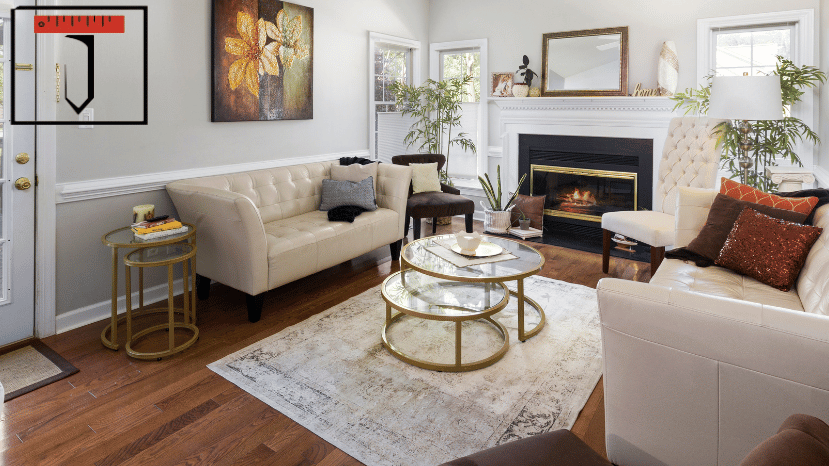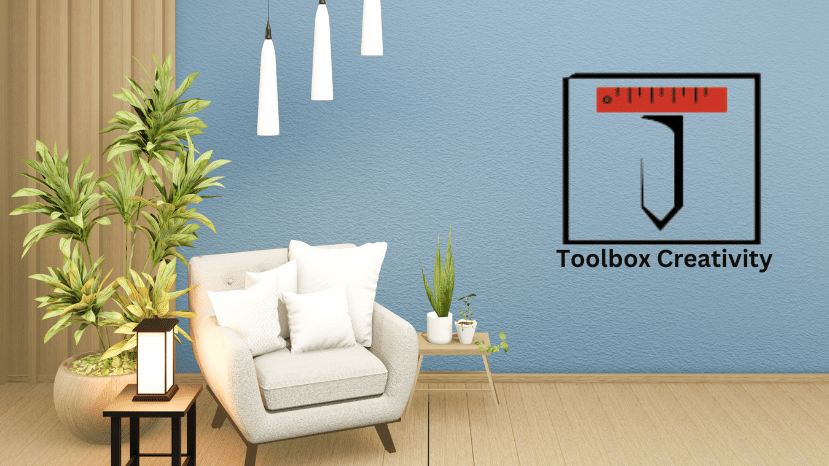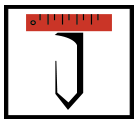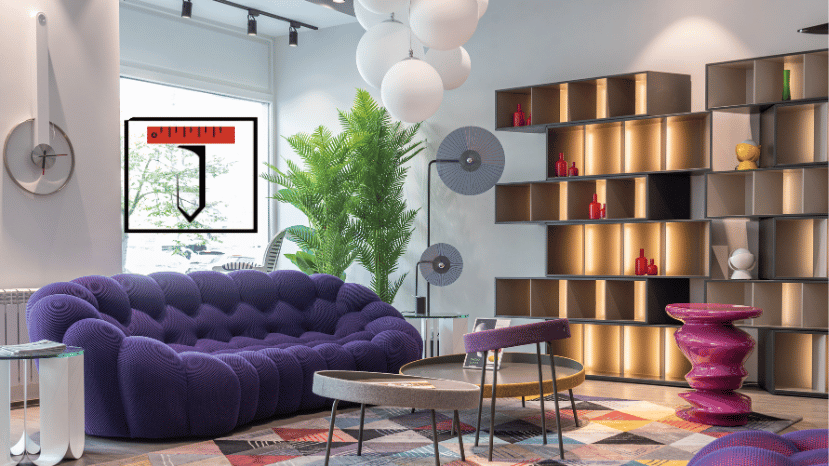Table of Contents
There are so many fascinating possibilities for Interior Designing in the future.
Creativity will always be crucial in this area, designers will keep getting better tools as technology improves, and they’ll focus more on making things sustainable.
What Is Interior Designing?
Interior Designing is the art and science of enhancing the interior of a building to create a healthier and more aesthetically pleasing environment for the people using the space. It’s a multifaceted profession that combines creativity, technical knowledge, and project management skills.
Interior Designer Course Requirements
Of course! Apart from the previously mentioned basic criteria, showcasing creativity and a knack for design is a crucial component of completing an Interior Designing education. Toolbox originality can be a crucial essential in the following ways:
1. Creative Thinking: The profession of Interior Designing need creative and unconventional thinking. A candidate’s capacity for original thought and inventive design ideas is frequently a criterion for admissions committees.
2. Design Projects: A variety of design projects from your portfolio should highlight your inventiveness. This might be concept development, mood boards, sketches for Interior Designing, or any other creative work that demonstrates your eye for style.
3. Artistic talents: Interior Designing need to be proficient in artistic talents including sketching, rendering, and drawing. Your portfolio should show off your aptitude for successfully communicating design concepts visually.
4. Creative Problem– Problem Solving Abilities Complex design issues are a common encounter for Interior Designing. During the interview process or through your portfolio, admissions committees may search for proof of your problem-solving skills.
5. Creative Solutions: Practicality and utility are just as important to Interior Designing as appearance. Admissions committees can be impressed if you can demonstrate that you can come up with creative solutions that are still realistic.
6. Flexibility and Adaptability: Interior Designing must possess these qualities and be willing to experiment with novel concepts and fashions. Your openness to trying out various looks and methods might provide as evidence of your adaptability and inventiveness.
7. Genuine Passion for Design: At the end of the day, what really makes an Interior Designing successful is their genuine passion for innovation and design. Admissions committees frequently seek out applicants that show a strong commitment to interior design as well as excitement for the field.
In conclusion, a person’s toolkit creativity—which includes creative problem-solving, inventive thinking, artistic aptitude, flexibility, and a love of design—is a crucial prerequisite for anyone hoping to become an interior designer. Emphasizing these attributes in your application can greatly increase your chances of being accepted into a respectable interior design school.

Future Opportunities In Interior Designing
Tech-Savvy Design:
VR/AR Design Experiences: Imagine clients virtually walking through their dream space before construction even begins! Virtual Reality (VR) and Augmented Reality (AR) will be game-changers, allowing for immersive design consultations and fostering better communication.
3D Printing and Customization: Get ready for custom furniture, lighting fixtures, and even architectural elements! 3D printing and advanced fabrication techniques will empower designers to create truly unique and personalized design solutions.
Smart Homes and Automation: Integration of voice-controlled features and seamlessly integrated technology is on the rise. Designers will need to be creative in how they blend these elements into the overall aesthetic and functionality of a space.
Additionally
Future opportunities in Interior Designing are abundant for individuals who possess toolbox creativity. Here’s how creativity plays a crucial role in shaping future prospects in this field:
1. Innovative Designs: Creative interior designers have the ability to envision and create innovative designs that stand out in the industry. They can adapt to changing trends and technologies, offering fresh and exciting concepts to clients.
2. Differentiation: In a competitive market, creativity allows interior designers to differentiate themselves from others. Unique and imaginative designs can attract clients and set designers apart from their competitors.
3. Diverse Projects: Creative Interior Designing have the opportunity to work on a diverse range of projects, including residential spaces, commercial buildings, hospitality venues, and more. This diversity provides them with a wide array of experiences and challenges to tackle.
4. Personal Branding: Creativity enables interior designers to develop their personal brand and establish a distinct identity in the industry. Designers known for their innovative and original work can build a loyal client base and enhance their professional reputation.
5. Collaborative Opportunities: Creative designers often collaborate with architects, engineers, contractors, and other professionals in the construction and design industry. Collaboration opens up avenues for networking, learning, and exploring new creative possibilities.
6. Entrepreneurial Ventures: Creative interior designers may choose to venture into entrepreneurship by starting their own design firms or consultancy practices. This allows them to pursue their creative vision independently and take on projects that align with their interests and values.
7. Global Reach: With advancements in technology and communication, creative interior designers have the opportunity to showcase their work on a global scale. Online platforms, social media, and digital marketing enable designers to reach a wider audience and attract international clients.
8. Sustainability and Wellness Focus: Creativity plays a vital role in addressing emerging trends such as sustainability and wellness in interior design. Creative designers can incorporate eco-friendly materials, biophilic design principles, and wellness-focused spaces into their projects, catering to the evolving needs of clients.
In conclusion, Toolbox Creativity not only enhances the present practice of Interior Designing but also opens up a world of future opportunities. Creative interior designers are well-positioned to thrive in a dynamic and evolving industry, shaping the spaces of tomorrow with their imagination and ingenuity.

Does the program offer any flexible for Interior Design learning options
1. Online Courses: Many programs offer online courses that allow students to study from anywhere with an internet connection. These courses provide flexibility in terms of scheduling and can accommodate students who may have other commitments.
2. Part-Time Study: Some programs offer part-time study options, allowing students to balance their studies with work or other responsibilities. Part-time students typically take fewer courses per semester, extending the duration of the program.
3. Evening or Weekend Classes: To accommodate students with daytime commitments such as work or family responsibilities, some programs offer evening or weekend classes. This allows students to attend classes outside of regular business hours.
4. Blended Learning: Blended learning programs combine online and in-person instruction, providing students with the flexibility to complete coursework remotely while still participating in face-to-face interactions during scheduled sessions.
5.Self-Paced Learning: Certain programs may offer self-paced learning options, where students can progress through the course materials at their own speed. This allows for greater flexibility in managing study time and deadlines.

Why Choose Toolbox Creativity
Choosing Toolbox Creativity for Interior Designing offers numerous benefits and advantages. Here’s why it’s a valuable approach:
1. Innovation: Toolbox Creativity encourages Interior Designers to think outside the box and come up with innovative solutions. This mindset enables designers to create unique and original designs that stand out in the industry.
2. Differentiation: In a competitive market, Toolbox Creativity sets designers apart from others by offering fresh perspectives and imaginative concepts. Creative designs can attract clients and distinguish designers from their competitors.
3. Problem-Solving: Creativity equips designers with the ability to tackle complex design challenges effectively. By thinking creatively, designers can devise inventive solutions to address client needs, spatial constraints, and aesthetic preferences.
4. Client Satisfaction: Creative designs tailored to clients’ preferences and requirements are more likely to result in higher levels of client satisfaction. Toolbox Creativity allows designers to customize solutions that resonate with clients on a personal level, leading to greater satisfaction and repeat business.
5. Adaptability: Creative designers are adept at adapting to changing trends, client preferences, and technological advancements. This adaptability ensures that designers remain relevant and versatile in a constantly evolving industry landscape.
6. Personal Fulfillment: Embracing Toolbox Creativity allows designers to express their individuality and artistic vision through their work. The satisfaction of seeing a creative concept come to life and positively impact people’s lives can be immensely fulfilling for designers.
7. Professional Growth: Creativity fosters continuous learning and growth within the profession. By pushing the boundaries of design and exploring new ideas, designers expand their skill set, deepen their expertise, and enhance their professional development.
For More Information Click Here


Leave a Reply
You must be logged in to post a comment.